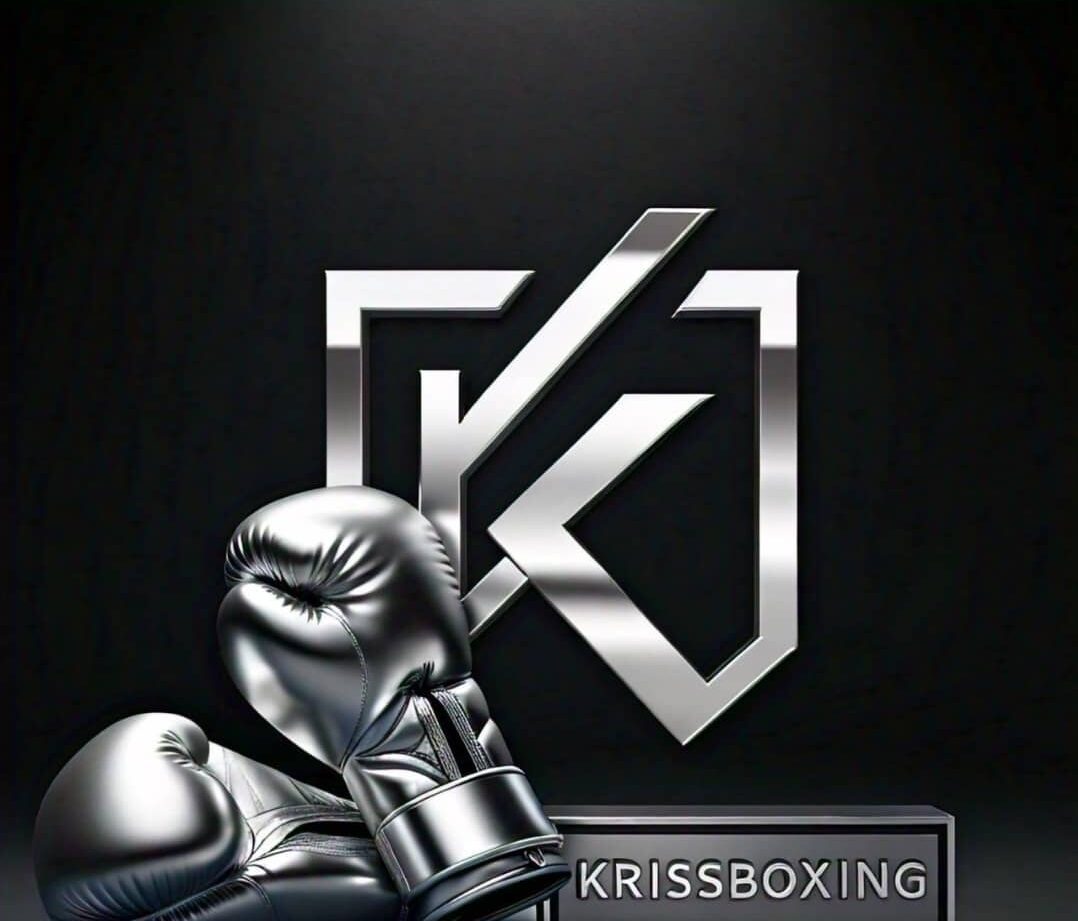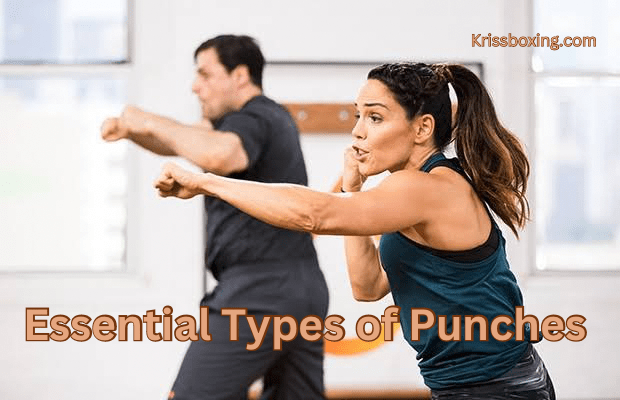Boxing is also described as the sweet science, which involves a lot of thinking to determine the right moves to make. At the center of this are the blows that a boxer employs in his counteraction and offense.
It is essential to understand various types of punches for anyone who wants to be successful in boxing.
Understanding What a Punch Is in Boxing
In boxing, there is a term called ‘punch’ which is an elementary form of attack wherein an opponent is targeted with a fist that is enclosed in a padded glove.
The purpose of a punch is to get points with punches to the head or knock out one’s opponent by striking them in their upper body.
10 Essential Types of Punches Every Boxer Should Master
Here are ten essential types of punches that every boxer should master:
Jab
The jab is the starting stroke in boxing, employed to control the distance, build sequence attacks, and measure the reaching adversary.
A good jab is fast and hard, and it is intended to phase your opponent so that they can be vulnerable to harder blows.
It entails extending the lead hand forward rapidly while at the same time maintaining the rear hand in a guarding position. The essence of the jab and its delivery includes certain speed, precision, and timing.
Cross
The cross is thrown with the rear hand; it is usually delivered to the enemy after a jab. It is delivered straight in a straight line and is intended to take advantage of the spaces made open by the jab.
This entails rotation, weight shift, and making sure the rear shoulder is pulled back. The cross is an effective power shot that is utilized to build up other punches and hits.
Hook
The hook is delivered with a roundhouse punch and can be thrown with either the right or the left hand. It has a bowed arm and involves a circular movement intended to strike the side of the opponent’s head or body.
Hooks can be very bad when delivered in the right manner and with the right force. Some of the key points include pivoting, involving the hip and shoulder to push off, and also landing the punch with the knuckles.
Uppercut
The uppercut punches aim at the opponent’s chin or jaw when the puncher’s hand is positioned lower than the target area. It is performed with the legs as one bends and then pushes the punch out with the rear or lead arm.
This punch is more or less useful against foes that are leaning forward or in close. An uppercut particularly the perfect one is quite dangerous; therefore, the timing and accuracy especially when thrown are vital.
Body Shot
These are blows directed to the opponent’s gut area such as the ribs, liver, and stomach. These punches are used to weaken an opponent’s energy and his ability to stand up and engage in combat.
Body shots are thrown as hooks, straight, and even as an uppercut, and are well practiced when one focuses on delivery as well as slipping and weaving to avoid returns.
Overhand Right
The overhand right is an effective punch that is delivered from over an opponent’s guard. It is executed with the backhand and can be devastating, especially to those opponents who are shielding their faces with their hands.
The punch requires proper form to develop optimum energy output and entails a slight bend of the body to create force and rotational momentum.
Check Hook
The check hook is another type of hook used in defending oneself, and this is a punch used in defense. It is usually employed as a response to an opponent’s move or when seeking to break up their play.
Throwing a quick hook and at the same time moving laterally allows one to make an account and dodge oncoming blows while at the same time giving the opponent others.
Lead Uppercut
The lead uppercut is the same as the typical uppercut but delivered with the lead punch. It is effective in ambushing the opponent who is anticipating another kind of attack.
This punch is also suitable for close-range combat and has to be delivered swiftly with a fast and sudden motion to make the most of opportunities.
Bolo Punch
The bolo punch is another type of punch that seems to be circular and after winding up the punch is delivered. One of the uses is that it is aimed at the daze of the opponent and may sometimes be an added incentive for an upcoming combination.
The bolo punch like any other punch takes time to be perfected because it involves the element of time and deception.
Double Jab
The double jab means creating two jabs within a very short space of time. This is applied in an attempt to encroach nearer an opponent, jam the opponent’s guard, and/or as a preparation for the delivery of harder strikes.
The mastery of the double jab involves speed, and rhythm to have a steady jabbing without dropping the guard or getting caught.
Frequently Asked Questions (FAQs )
In boxing a punishment for an infringement of the rules is known as a foul. Low blows are another type of foul, they are punches that are landed in the area below the belt line. A foul in this context may be punished with a warning or, in the case of a more severe violation, lead to the deduction of points. First of all, footwork is the foundation of boxing skills. Most professional boxers are known to be powerful in their punches as well as their speed, but what sets the great boxers apart from the rest is the great footwork.What is the term given for a penalty in boxing?
How are fouls handled in boxing?
What is the most crucial element in the fight that distinguishes a great boxer from a good one?
Conclusion
These ten basic punches are fundamental for any aspiring boxer who wants to become successful in the ring.
Every punch has its role, including keeping the distance and establishing a combination, delivering massive strikes, and unmasking an opponent.
Through practice of these directions, a boxer will be able to improve their capacities and become a more successful participant in the sport.
Daily drilling, coupled with teaching correct biomechanics and tactics, will enable these punches to become second nature to a boxer.





Wow!! Very enlightening… Thank you